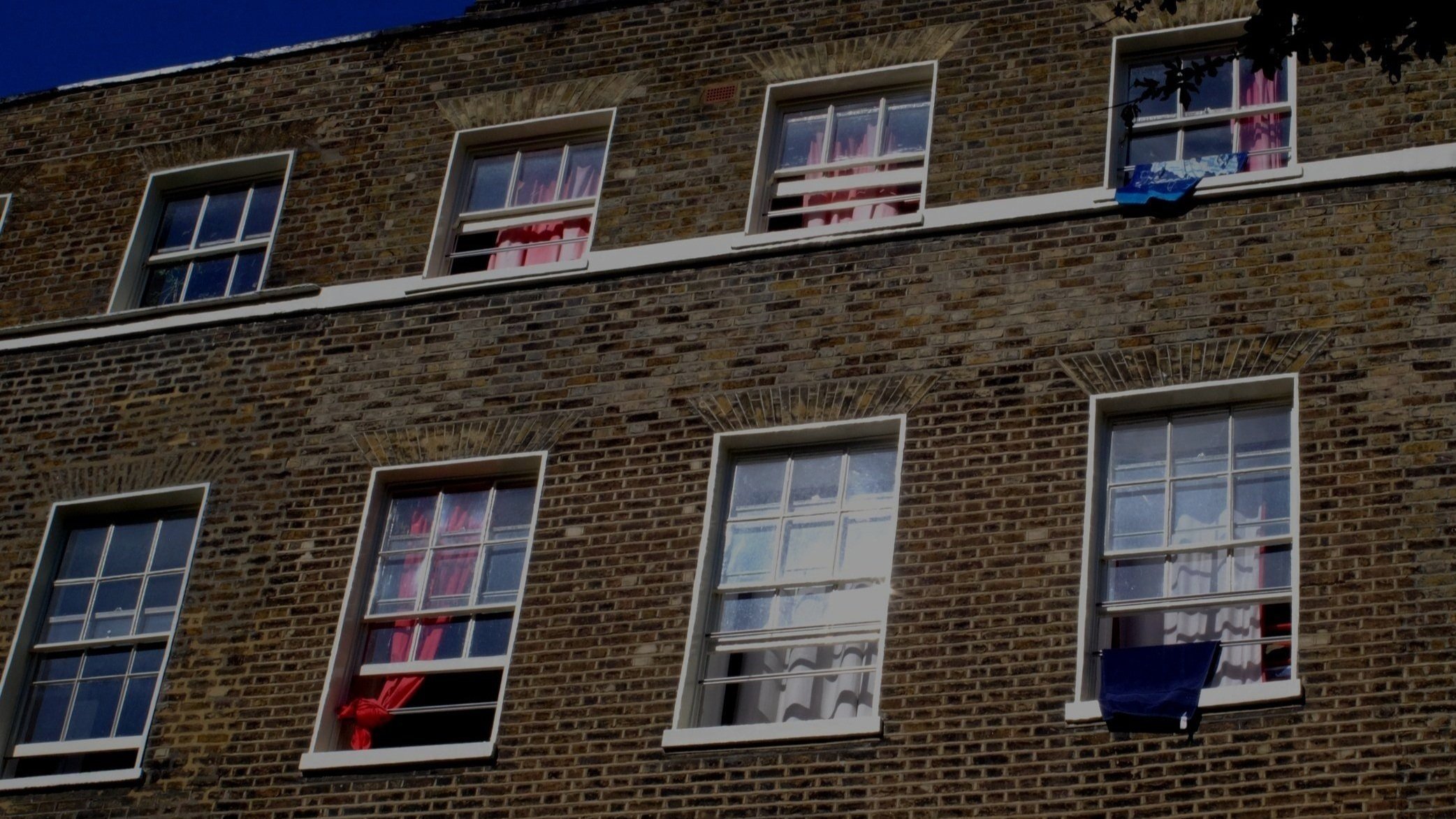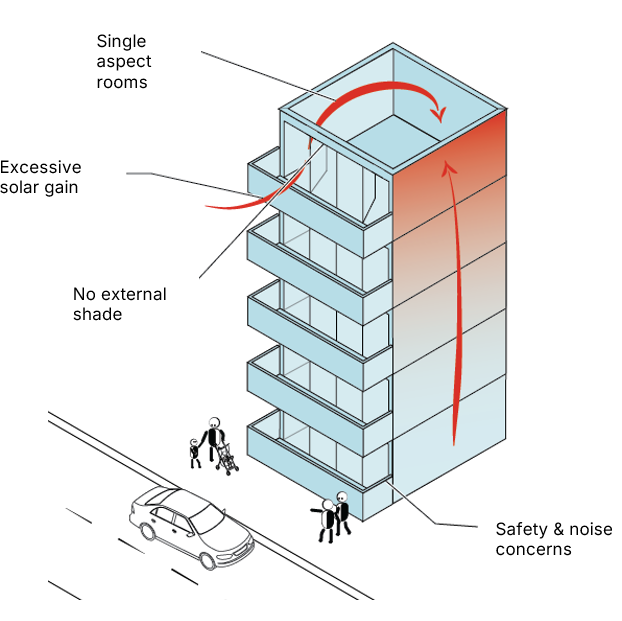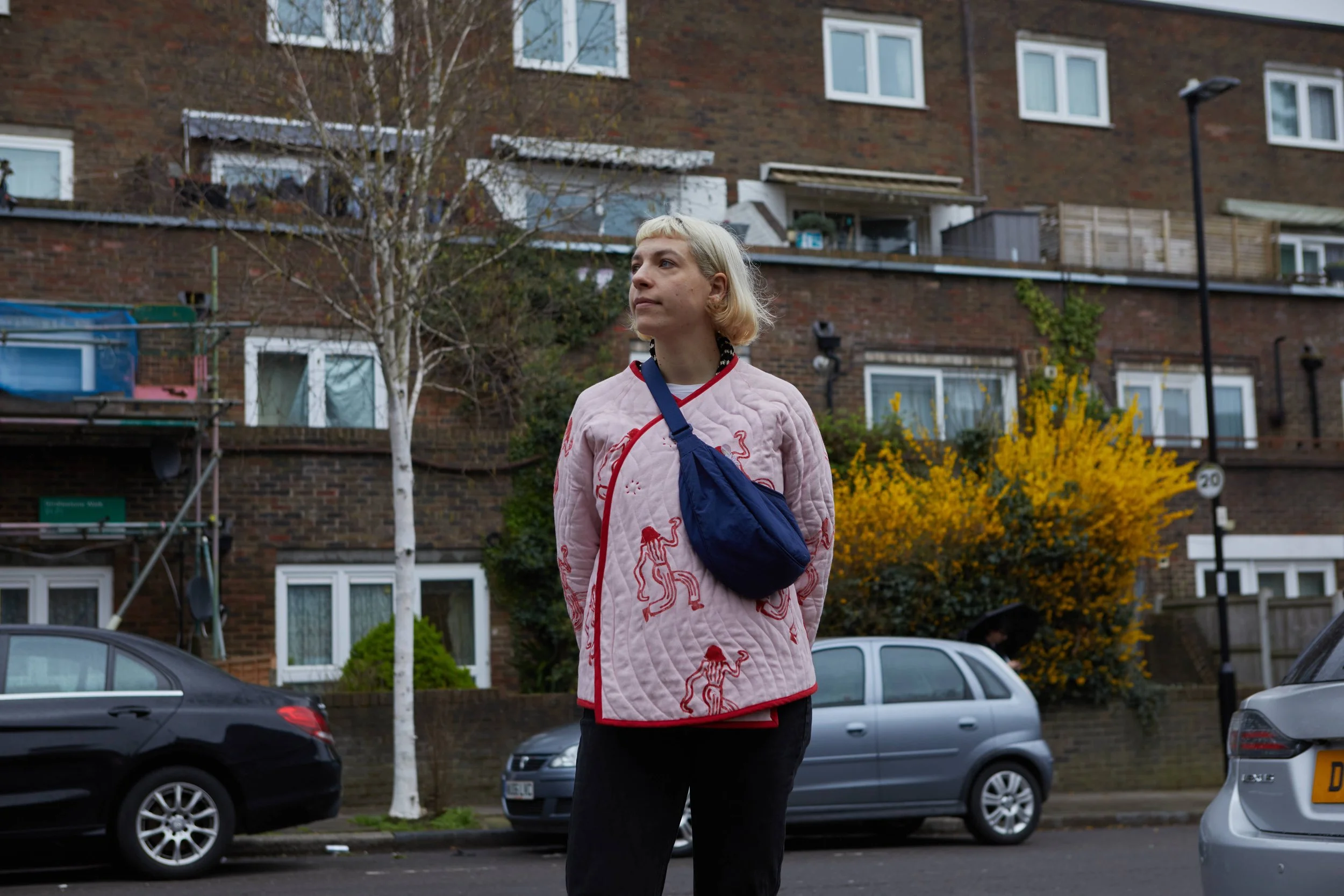
Building Heat-Resilient Neighbourhoods
Developing an overheating index for buildings.
This project is a collaboration between Shade the UK, Grantham Research Institute at the London School of Economics, and Love Design Studio.
The project aimed to address the gap in user friendly overheating metrics amongst different stakeholders, with a particular focus on Islington, which has been identified as one of the most vulnerable boroughs in London to the impacts of climate change.
We want to hear from you
We are opening our research report up for public consultation.
Please email your feedback to info@shadetheuk.co.uk
About
A pilot overheating assessment using dynamic simulation modelling was undertaken to understand the vulnerability of buildings to increasing temperatures and to develop an overheating index based on real-world scenarios. The assessment focused on buildings within Islington and included six building archetypes: (i) mid-rise residential (ii) high-rise residential (iii) school (iv) hospital (v) care home (vi) prison.
The assessment further demonstrates the lack of preparedness in the borough and a high overheating risk under current and future weather conditions.
We collected stories from Islington residents to capture their experiences of living and working in overheated buildings. Their experiences provided non-technical insights of how buildings are performing under higher temperature scenarios and how vulnerability of individuals differs within these buildings. From young children, hospital staff, people with long-term health conditions, the people of Islington are not prepared for the impacts of increasing temperatures.
A roundtable event was held to collect feedback on what a successful overheating index could look like. Participants included architects, local authorities, tenant's associations, and local businesses.
The UK does not currently have a user friendly heat metric to help building residents and occupants assess their current and future vulnerability to overheating. Existing metrics, methodologies, and technologies that assess overheating risk in buildings were found to be overly complex, costly to undertake and failed to communicate heat risk effectively to the average person. This presents a significant barrier for home-owners, tenants and other relevant stakeholders to understand the risk of overheating within occupied buildings.
The findings from our research identify that further work is required to develop detailed options for the design of the metric, with additional research required into the economic feasibility and public uptake of an overheating tool.


